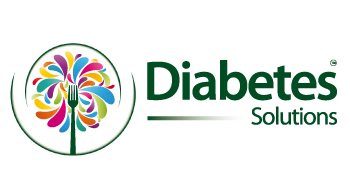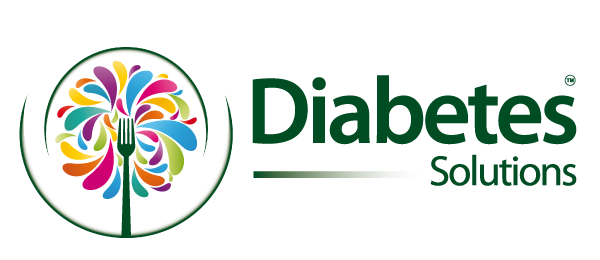The DASH Diet and Type 2 Diabetes: A Healthy Relationship
In the labyrinth of diet plans available (many of which I encourage extreme caution against!), the DASH (Dietary Approaches to Stop Hypertension) diet emerges as one of the more interesting. While initially designed to counteract high blood pressure, its myriad benefits have now been linked to Type 2 Diabetes management. Let’s delve into the synergy between the DASH diet and Type 2 Diabetes, elucidating its potential benefits for those contending with this metabolic condition.
What is the DASH Diet?
DASH isn’t a fad. It’s a balanced eating plan aimed at reducing hypertension (high blood pressure). Prioritising the consumption of vegetables, fruits, lean protein, and whole grains, while moderating salt, it offers a rounded approach to nutrition. With reduced red meat, sweets, and sugary beverages, the diet is naturally low in saturated fats, cholesterol, and total fat.
DASH Diet’s Implications for Type 2 Diabetes
While the DASH diet’s primary objective is addressing hypertension, its holistic design inadvertently makes it beneficial for people with Type 2 Diabetes.
Glycaemic Control: The diet’s focus on whole grains, vegetables, and fruits—foods with a low glycaemic index—ensures steady blood sugar levels. It discourages spikes and crashes in glucose, which are detrimental for those with Type 2 Diabetes.
Weight Management: A natural consequence of healthy eating patterns is optimal weight management. Excess weight can exacerbate Type 2 Diabetes symptoms, so shedding those extra pounds can significantly improve blood sugar control.
Heart Health: Type 2 Diabetes elevates the risk of cardiovascular diseases. By limiting harmful fats and promoting heart-healthy nuts, lean meats, and low-fat dairy, the DASH diet offers cardiovascular protection.
Crafting a DASH Diet for Type 2 Diabetes
For those with Type 2 Diabetes keen to embrace the DASH lifestyle, here’s a primer on creating a DASH-friendly plate:
- Vegetables and Fruits: Prioritise colourful vegetables and fruits. Berries, apples, leafy greens, and cruciferous vegetables are particularly nutrient-dense.
- Whole Grains: Opt for whole wheat, quinoa, barley, and oats. They’re not only rich in fibre but also help maintain steady blood sugar levels.
- Lean Proteins: Incorporate lean meats, poultry, fish, and plant-based proteins like beans and lentils.
- Dairy: Choose low-fat or non-fat dairy options like yoghurt, milk, and cheese.
- Nuts and Seeds: Almonds, walnuts, flaxseeds, and chia seeds are nutrient powerhouses that align well with the DASH principles.
- Limit Sodium: While the DASH diet allows for some salt, keeping it below 2,300 mg a day (about a teaspoon) is recommended. Even more beneficial is aiming for 1,500 mg if you’re over 40 or have other risk factors for hypertension.
Considerations When Adopting the DASH Diet for Type 2 Diabetes
Carbohydrate Monitoring: Even while DASH promotes healthier carbs, it’s crucial to monitor your intake. Balancing carbohydrate consumption with insulin or other Type 2 Diabetes medications is pivotal to prevent hyperglycaemia.
Regular Glucose Checks: As you transition to the DASH diet, regular blood sugar monitoring will provide insights into how specific foods affect your levels, enabling further refinement of your diet.
Seek Expert Advice: Before making significant dietary alterations, consulting with a dietician or Type 2 Diabetes educator can provide tailored advice and adjustments.
Additional Benefits: Beyond Type 2 Diabetes
Adhering to the DASH diet not only addresses Type 2 Diabetes but also brings about a host of other health benefits:
- Bone Health: With an emphasis on dairy and leafy greens, the diet promotes bone health by ensuring an adequate intake of calcium and vitamin D.
- Improved Digestion: A diet rich in vegetables, fruits, and whole grains ensures ample fibre, benefiting digestion and preventing conditions like diverticulitis.
- Mental Well-being: Healthy dietary patterns have been linked to reduced risks of depression and cognitive decline.
Conclusion: DASHing Towards Better Health
As with any dietary change, the transition to DASH might pose initial challenges. However, its comprehensive and balanced nature ensures it’s not just another restrictive regimen but a sustainable lifestyle choice. For those grappling with Type 2 Diabetes, this diet offers a potent tool to not only manage the condition but to enhance overall well-being. Always remember, it’s not about short-term fixes but long-term health investments.





